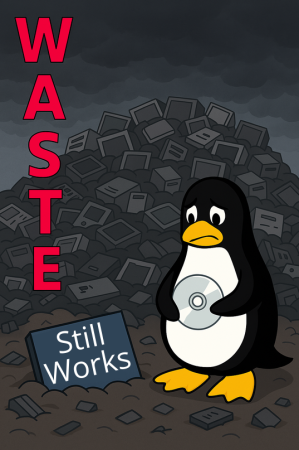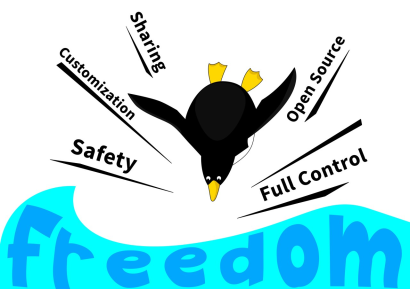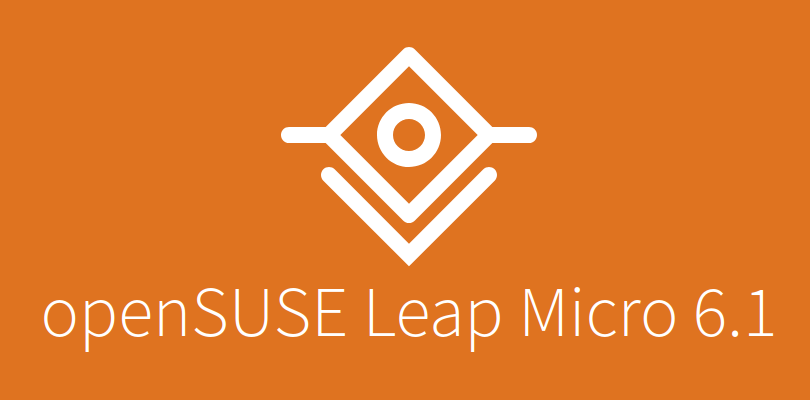Jesus, that is so gaudy.
- 25 Posts
- 195 Comments

 5·6 days ago
5·6 days agoWell, at least the year 2025 isn’t some boring number, like, say, 1729. What an unremarkable number that is.
Depends wholly on the situation. Right now, I needed Windows for a piece of hardware with no Linux support, so I installed Windows and just steamrolled my earlier openSUSE Leap installation. I will now dual boot with Debian for a while until I no longer need Windows.
When switching distros, you can usually copy your config files over. Or you can have a separate /home partition that doesn’t get wiped. This can cause issues though, due to version and structural differences between distros.
Personally, I only save what I absolutely need, like say browser bookmarks, and prefer to just get a fresh start. So, I just wipe everything. How you want to go about it is up to what you feel comfortable with, however. There’s rarely any one true way to do things in Linux. Free as in Freedom.
Always remember to backup any data before switching distros though. Always.
Oh yeah, gonna slap that bad boy on my laptop soon.
They’re looking to install Nigel Farage as their prime minister. The island is derelict.
From the fact Britain produced Orwell, Huxley’s Brave New World, and Alan Moore’s V for Vendetta, I figure the UK has always been some shade of “Orwellian”.

 141·16 days ago
141·16 days agoSounds like my kind of people.

 17·16 days ago
17·16 days agoI would like to think I would just stop using the Internet, or at least adopt a protocol like Gemini. How that would work exactly is hard to say, since the Internet is almost mandatory these days. Still, you have to be willing to inconvenience yourself to maintain at least some control on privacy and security online.
openSUSE and Fedora with Plasma will be fine choices for you, based your post. Tumbleweed will take a bit more work, but usually it’s nothing too difficult. You can also go with Leap, which generally won’t have the same issues Tumbleweed has. I personally use Tumbleweed and like it a lot.
Fedora is just an all around solid distro, endorsed by Linus Torvalds himself! In my opinion, since you already have some experience with it, stick with Fedora. It’ll be fine.
My choice of distro is just a compromise and close enough to serving my needs. All distros have pros and cons, and I use different distros for different use cases.

 8·1 month ago
8·1 month agoThe name is too confusing, some befuddled man would end up using it on his junk.
Gentoo is great. I used it for a few years 20 years ago and I still think the package manager is the best I’ve ever used. I wouldn’t use Gentoo today, but I’m really glad I went through the install and maintenance process. It didn’t make me a guru, but I did learn a thing or two about Linux.

 9·2 months ago
9·2 months agopostmarketOS, though they are in the process of migrating to systemd. Not that I personally mind terribly much, even if it feels like a bit of an odd choice. So maybe I should say Alpine.

 61·3 months ago
61·3 months agoThe thing is, people by and large don’t want to be convinced. They want their convenience and ease of use, they don’t want to learn a whole new paradigm, least of all one that requires constant vigilance and understanding of the risks. I can’t blame them, they have a lot on their mind, and their existing skill set might not be relevant to privacy issues. People in general resist change and effort. I do. You do too.
It’s less about you, and more about them. People will only start taking steps when it all clicks for them. What the catalyst will be is impossible to tell, since people are wired differently. All we can do is talk about privacy and advocate for it with people who are willing to have the discussions. Don’t expect to go in and change people’s minds. It’s horribly difficult and you will be disappointed. Instead, think of it as giving people perspectives and starting points for their own journeys. If something happens and they are finally willing to start doing the work, they will at least have some context and words, labels to use. They may even come to you for more. They may not.
You sound just like your mother.

 3·4 months ago
3·4 months agoI liked BoFIII a lot, but I loved BoFIV. BoFIII re-release would be awesome, but unfortunately it never had a PC port, so it’s a bit unlikely.

 3·4 months ago
3·4 months agoMandriva is gone, but there’s a couple of projects carrying its legacy. OpenMandriva is one of them, obviously. Mandrake was my first distro too, so I have a soft spot for it.
From my perspective, OpenMandriva’s biggest strengths are that it’s independent, non-derivative, community driven, and based in Europe. Unfortunately it’s also small, but the people behind it seemingly do a lot with very little, so the community is passionate about the project.
Personally I’m just happy that there are smaller, non-corporate distros still out there providing alternatives. And OMLx seems like a pretty solid distro at that.
For their selling pitch, you can check their FAQ.


















Use Wayland!